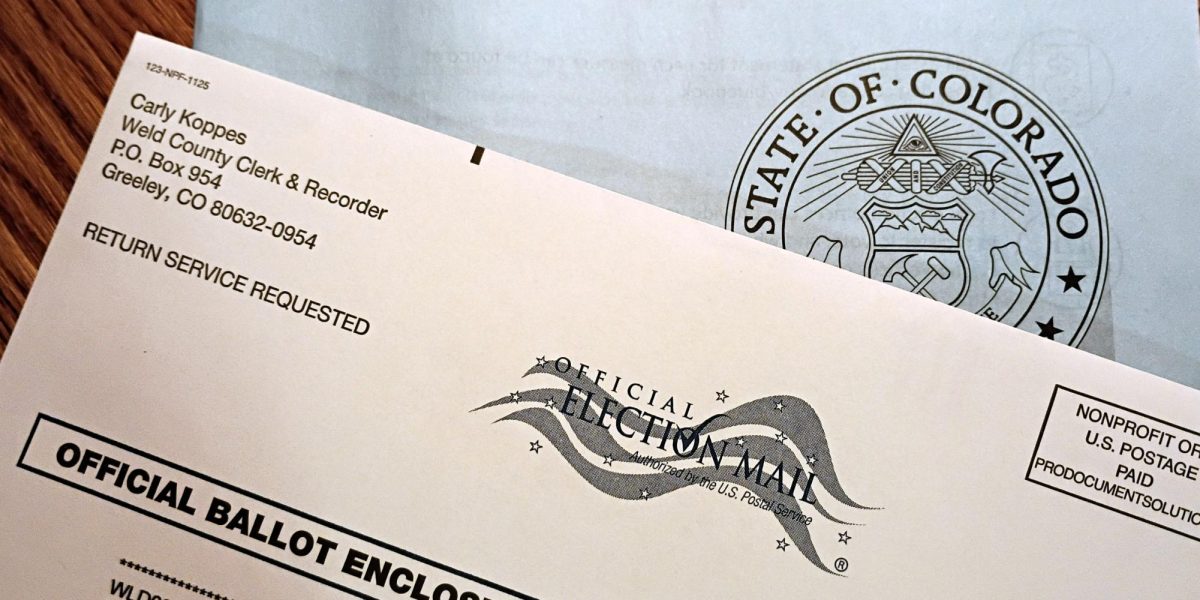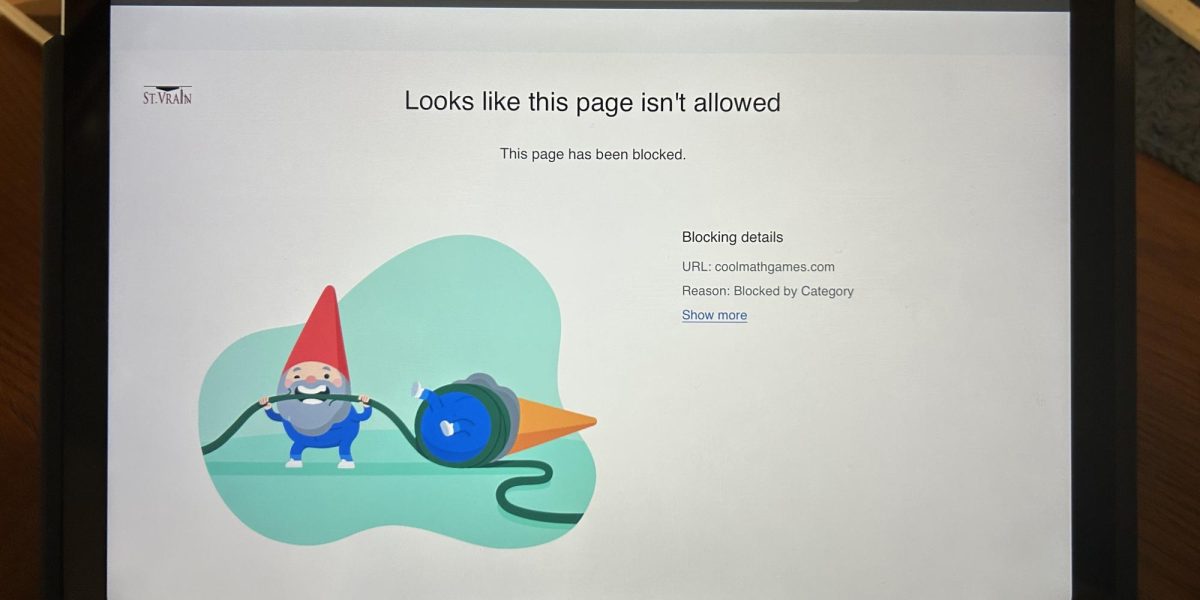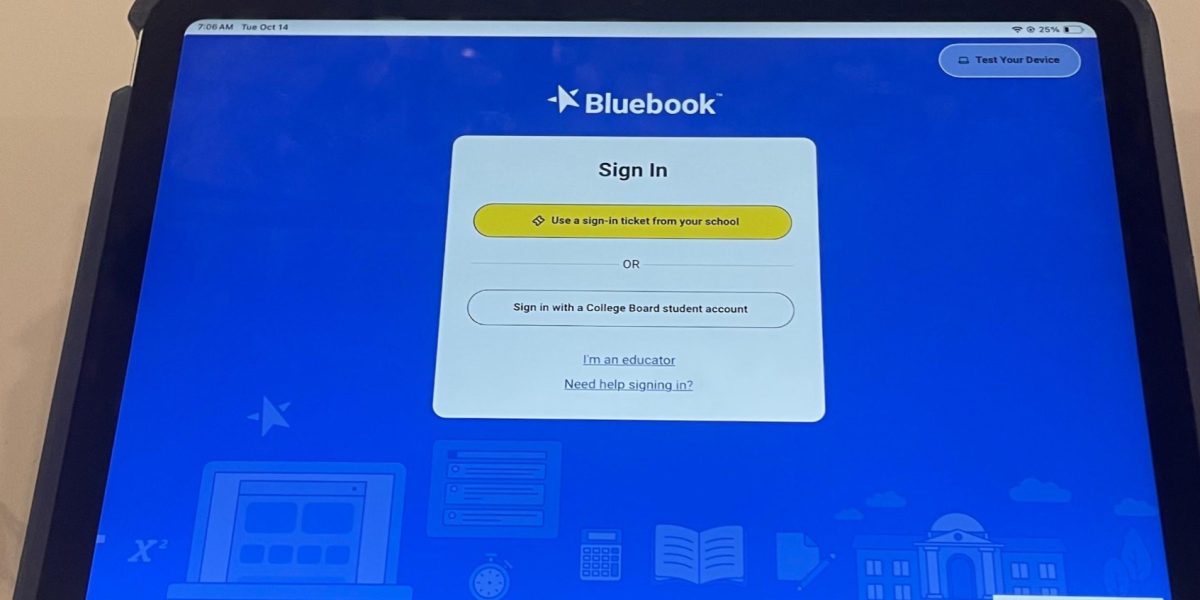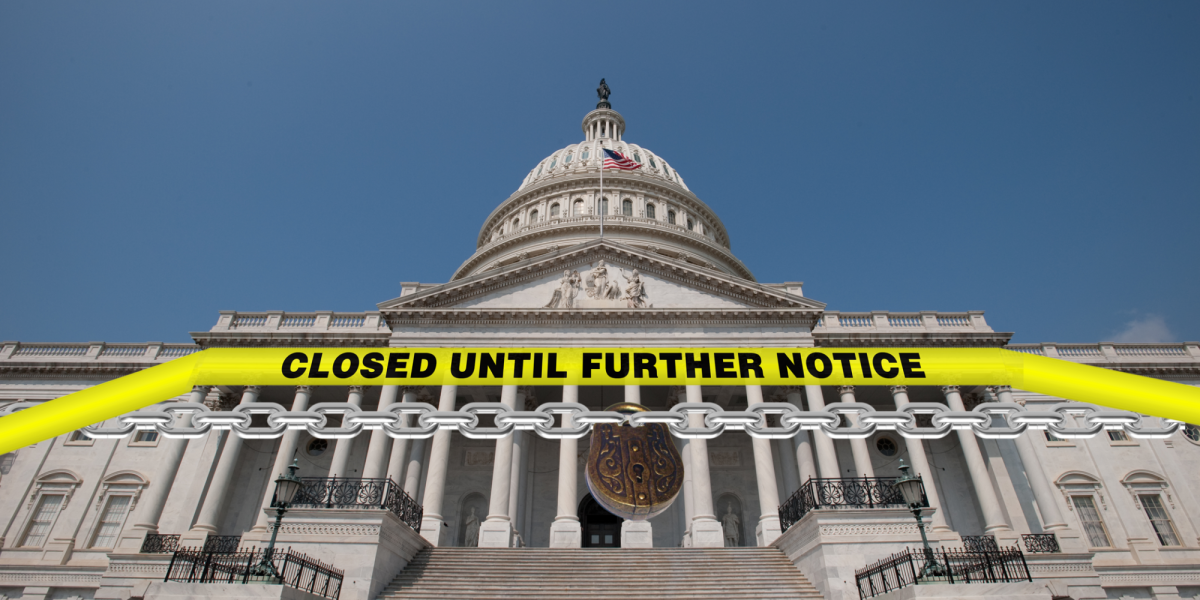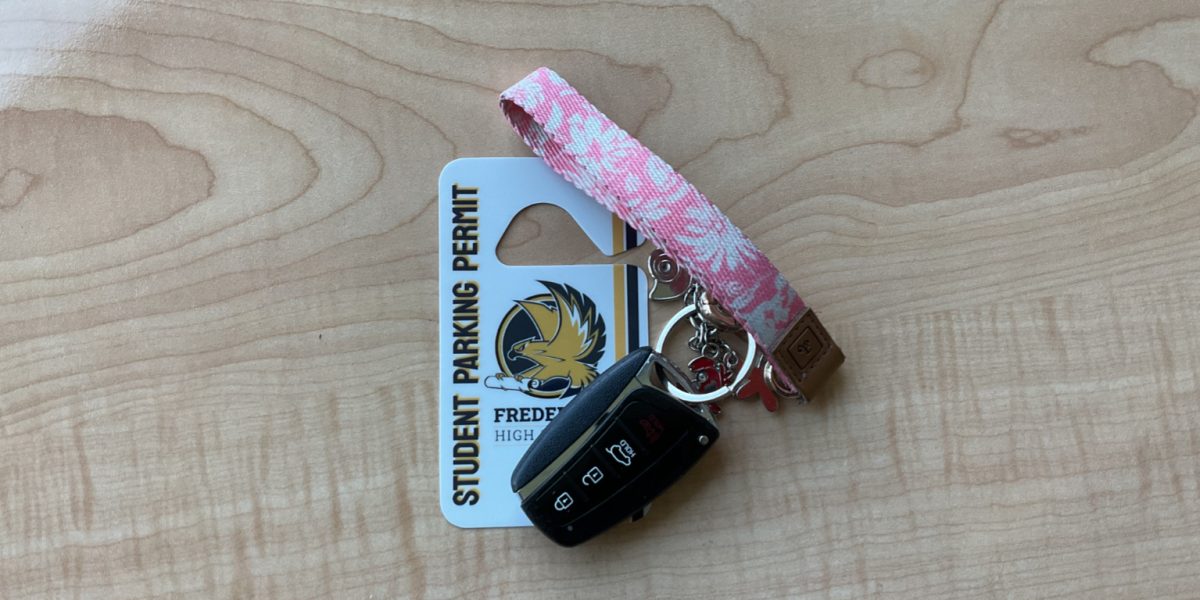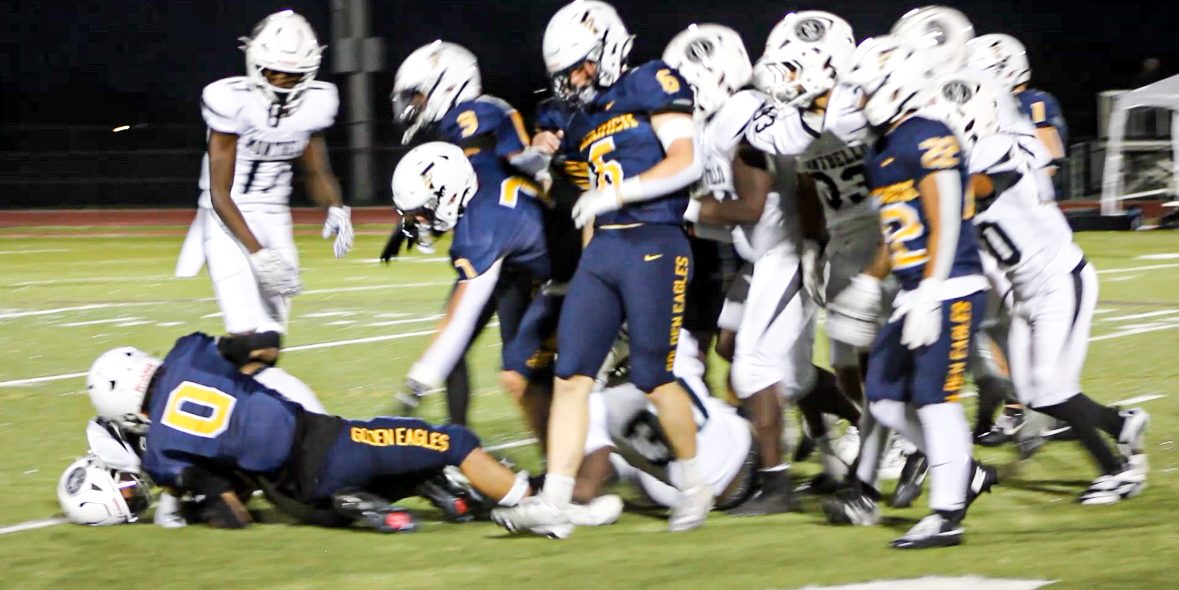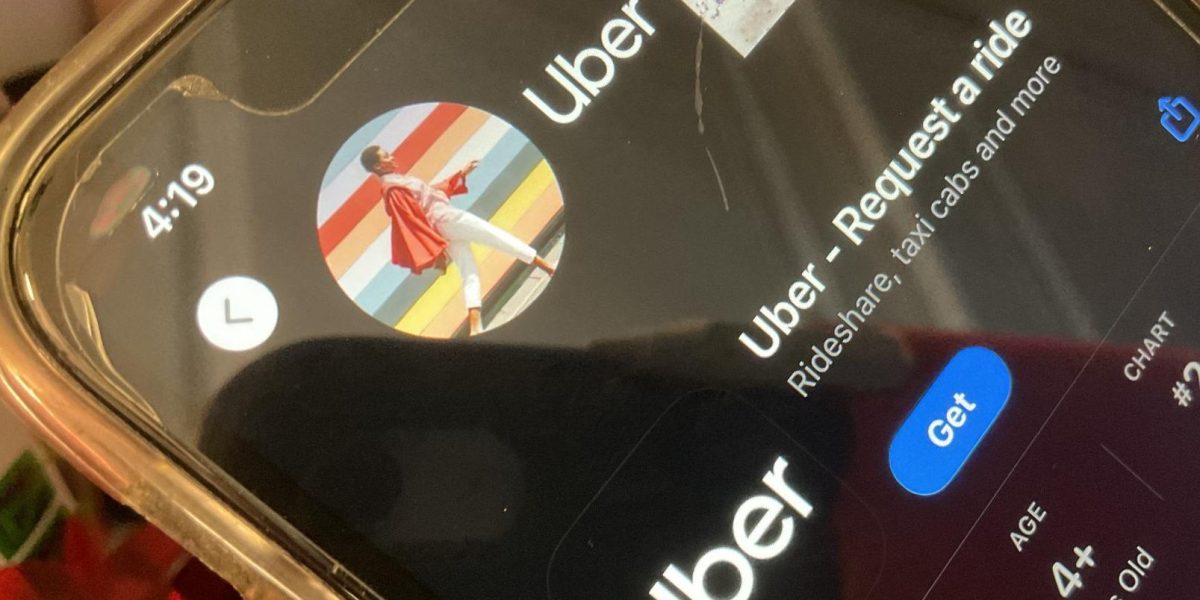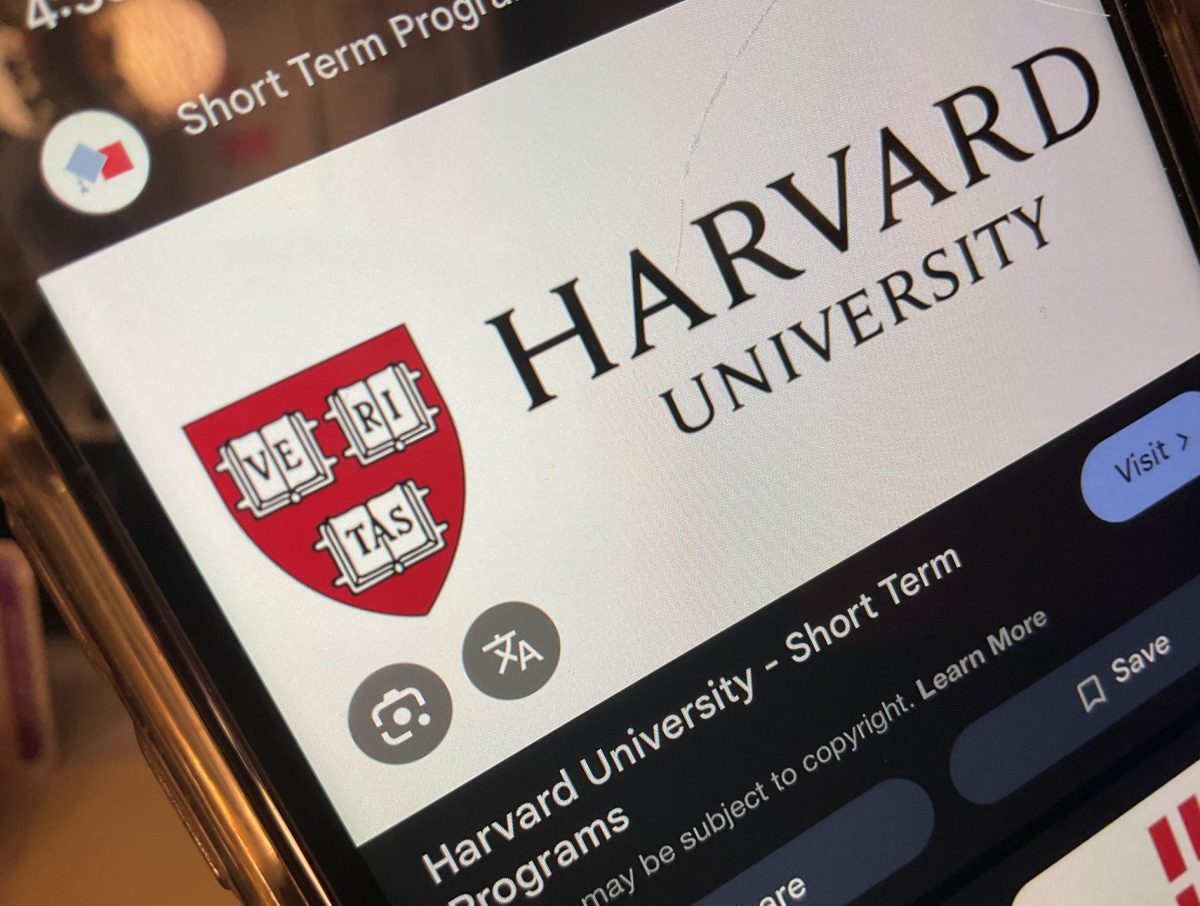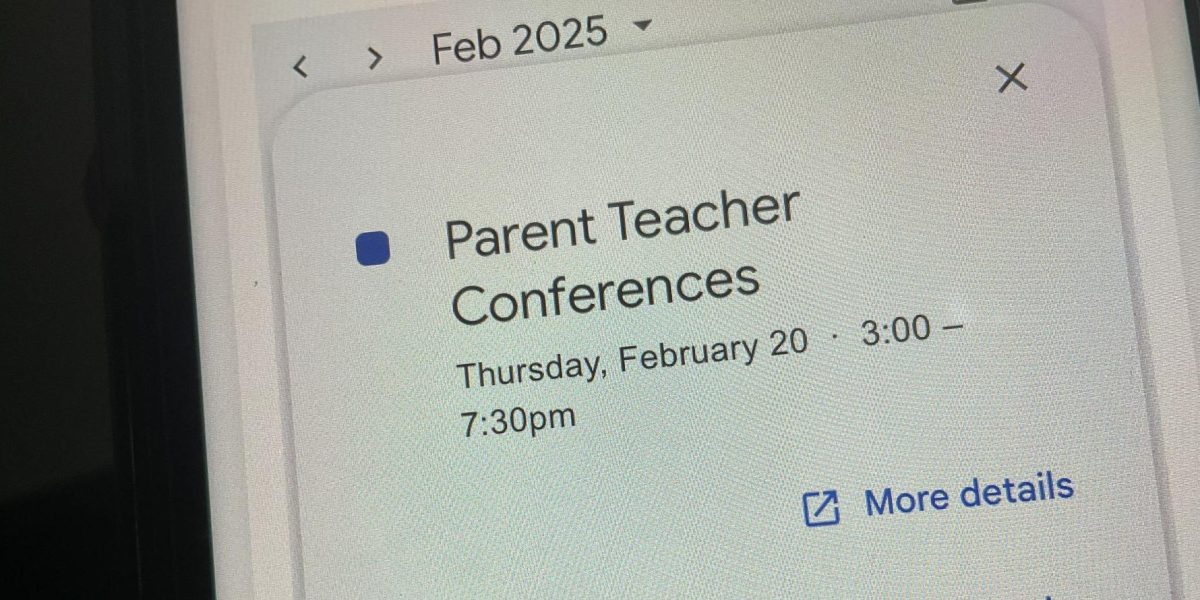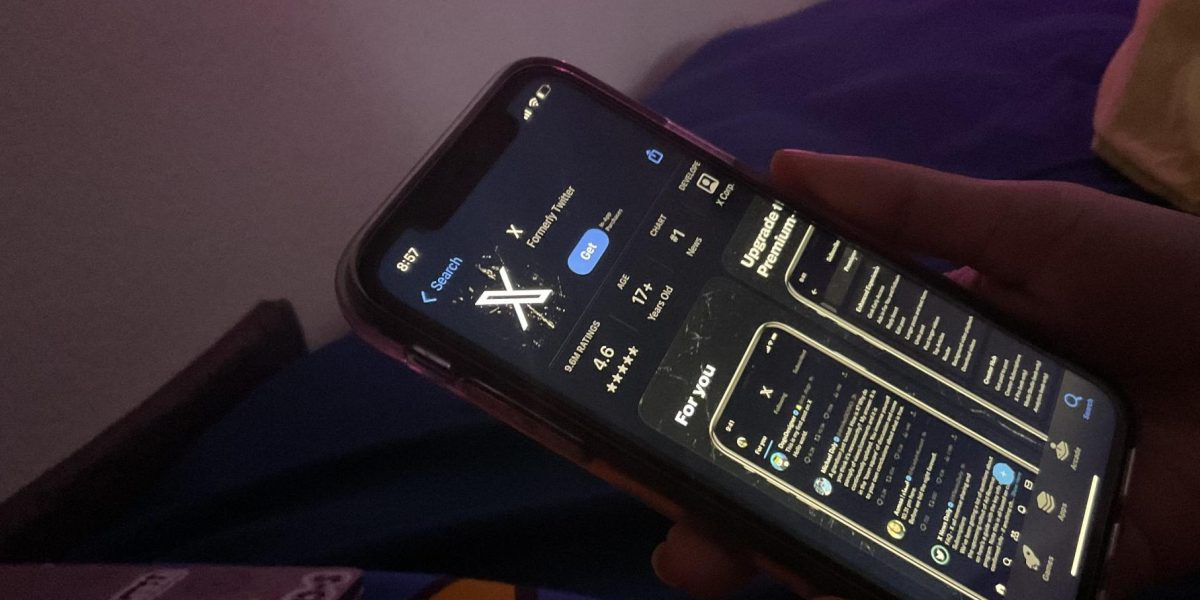One of the top issues in education today is student cell phone use. This semester, Boulder Valley Schools joined Grand Junction and Colorado Springs districts in banning student cell phone use entirely at school. Some of these schools use Yondr pouches, where students put their phones in a pouch and lock them up for the day. Other classrooms have phone jails, where students will put their phones in at the beginning of class and will receive them at the end of the class period. Students who violate these policies can even find themselves suspended.
What has been a district-by-district trend may become the way of life here in St. Vrain soon. At the end of January, members of the Colorado General Assembly introduced HB25-1135, a bill that, if passed in its current form, would require every school in Colorado to “adopt and implement a policy concerning student communication device possession and use during the school day.” Nineteen other states have similar state laws that restrict student cell phone use at school.
A Step Toward Tech Responsibility
But why pass this bill? In the text of the introduced bill, the authors list several reasons, including “research demonstrates that student cell phone use during the school day can create significant distractions,” that phone use leads to “higher rates of cyberbullying,” and a majority of parents worry about how much their teen uses social media. The bill also claims that “one-third of teenagers report using social media ‘almost constantly'” and that “adolescents who spent more than 3 hours per day on social media had double the risk of experiencing poor mental health outcomes.” But is this true?
While Colorado teens have endured higher rates of mental health issues, substance abuse, and suicide, studies on how much cell phones impact this are very mixed. A 2018 study discovered that excessive cell phone use delayed adolescent development, but a 2017 study found that moderate use of digital technology gives teens advantages over those that help them land jobs later in life. A majority of teen girls and boys report that social media sometimes hurts their relationships, but another study proves adolescent friendships are helped, not harmed, through the communication tools provided by a cell phone.
The truth is that cell phones don’t add or subtract—they multiply. Digital technology and social media amplify how a teenager reacts to the world around them. Dr. Joel Stoddard, an adolescent psychiatrist at Children’s Hospital Colorado, explains it this way: “A match by itself” can singe and hurt but doesn’t cause much harm, “but if you light a match and then put it by the gas can, something bad can happen, right?”
The issue then isn’t that teens use phones but that they’re on their phones way too much.About 95 percent of youth ages 13 to 17 use social media platforms every single day, with most on their phones for more than seven hours per day. Teenagers are even becoming addicted to their phones and go through withdrawal symptoms without their phone–this is called nomophobia.

Shaping Colorado’s Phone Guidelines
The conclusion ultimately drawn from all this cell phone research is that teens need time away from their phones… and that includes class time. Cell phones definitely cause distractions in the class—just having a phone sitting on a desk but turned off increases distraction. Cell phones also make bullying worse due to filming incidents and posting them, which stops issues from naturally deescalating. If the teenage mind is a match and a cell phone is a gas can, then high school is an endless series of matchbook covers.
About a third of Colorado’s 20 largest school districts have adopted stricter cell phone policies in the last two years. Most of these policies were fought for by parents and educators, who say that there is a major cell phone problem in the nation’s schools. However, a majority of teenage girls surveyed last year also believe that their phone use has negative academic consequences.
Greeley West High School, for example, started restricting phones in the classroom, and ever since then, they have seen a huge difference in academics. They have been told that people have been participating more in class and that there is a greater sense of community.
In Brighton, a tough zero-tolerance policy around phone use has made schools safer and given students a break from constant social media platforms. Before they had put these policies in place, the students would use their phones sometimes to organize fights, so when students left schools, they would go out and start a fight.
What a State Bill Would Do
HR25-1135 wouldn’t necessarily ban phones in schools. Instead, the bill would require every public school board or non-public charter administration to develop a comprehensive policy on student use of cell phones. The bill says that restrictions and exceptions to those restrictions must be clear and not vary from school to school. While a school district could theoretically have no restrictions on cell phone use, the Democratic and Republican legislators pushing the bill want phones out of schools. This aligns with the governor’s office, as State Attorney General Phil Weiser offered school districts $50,000 grants to invest in technology to restrict cell phone use in schools.
Regardless of what restrictions are passed, the bill guarantees exemptions for students that need their phone for medical reasons (like to monitor diabetes). The bill also doesn’t stop at phones and covers every “communication device” a student might use, including smart watches, earbuds, and other wearable tech (laptops and tablets don’t count). If passed, every school in the state would need to develop a policy and train all school staff on that policy by July 1, 2026.
Nineteen other states have similar statewide bills meant to tackle student device use in school. The most restrictive policies (found in Florida, Louisiana, and South Carolina) forbid phones entirely, while the most flexible policies (found in Arkansas, Idaho, Delaware, and Pennsylvania) don’t restrict phones but offer monetary incentives to schools that put device policies in place. Colorado looks to adopt the middle-of-the-road model adopted by states like California and Ohio: require that schools have a clear policy, but let the schools determine what the policy is.
Frederick High has recently been experimenting with cell phone restrictions. The entire math department recently pledged to use phone racks where students “check in” their device at the beginning of class and “check out” the phone at the end of class. Other teachers have students place their phones in a stapled paper bag to stop from checking their phones, like a low-tech version of a Yondr pouch. Yet not everyone in the school is on the same page—this bill would require that every teacher conform to the same standards.
Support Is High for Phone Restrictions… Unless You Ask Students
While several students like the idea of all teachers following the same policy regarding phones, they don’t want anything that would separate them from their phones. Students don’t feel comfortable being without their phones and have found even the small measures at Frederick to be too restrictive.
Kimberly Ramirez Soto, a freshman at Frederick High School, said that banning phones all together “wouldn’t be good because there [could be] an emergency at home, and the parents aren’t comfortable with explaining the situation to the school.”
While most parents surveyed like phone restrictions because then their students can focus more on school, some parent groups have expressed the same concerns as Kimberly. Frederick High’s emergency procedures actually forbid students from using their phones in a situation like a lockdown, as an accidental sound or glowing screen could alert intruders to where students are. Safety advocates support phone bans because they ensure better situational awareness until the danger has passed; at that point, students can call families. For all other situations, parents can contact their children in the same way they did before cell phones: they can call the school landline.
While students may not want device restrictions, this proposed bill reveals the phone ban trend seen all around the country is closer to Frederick High than ever before.



